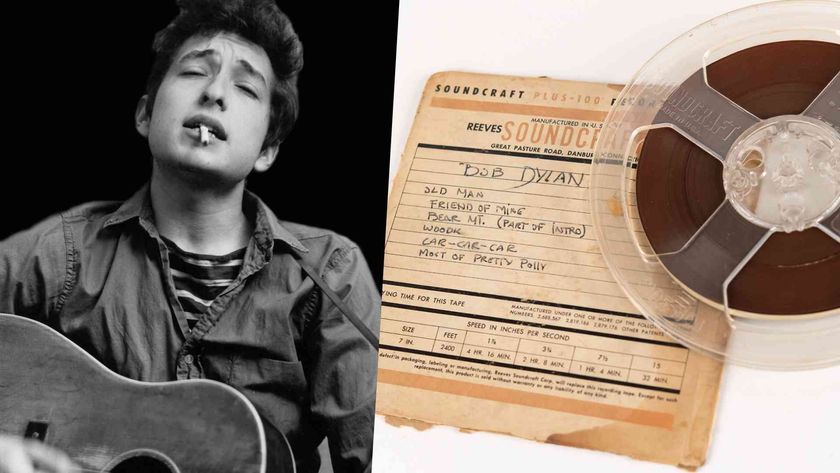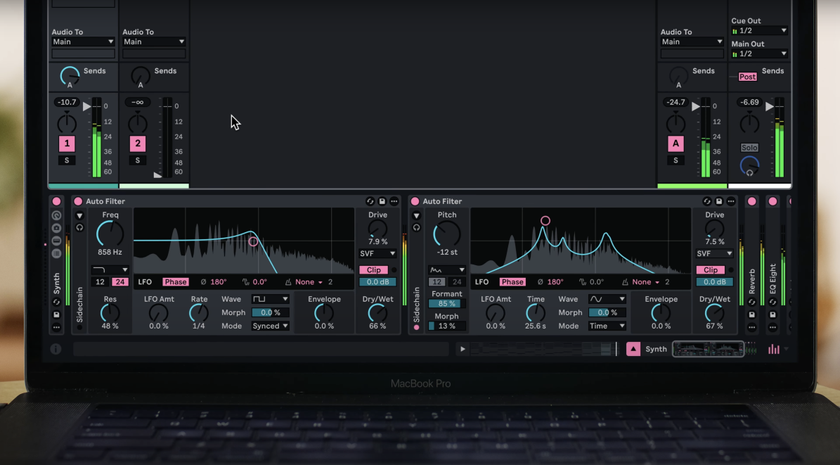9 things every Eurorack beginner should know
If you're just getting started in the world of modular synthesis, these indispensable tips will set you off on the right foot
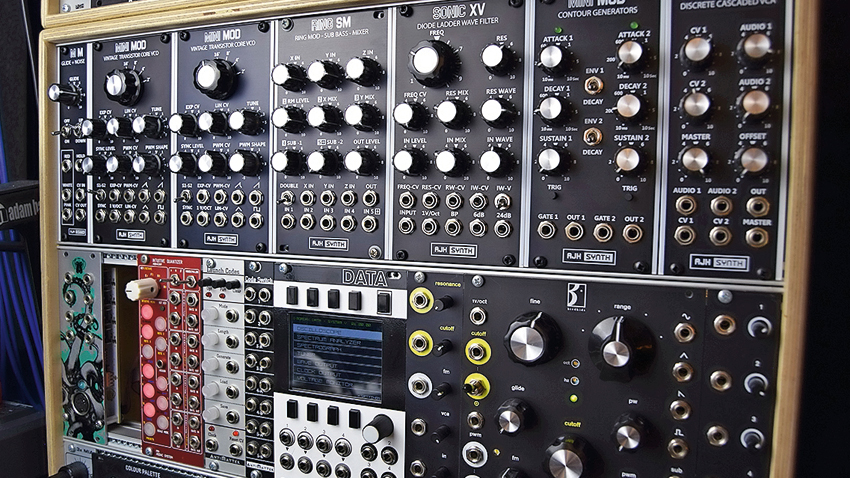
A modular synth is one whose components come as individual modules, enabling the user to define the functions and layouts of the system, and the signal paths for both audio and modulation through patching.
The first available modular systems were designed in parallel by the R.A. Moog Co (on the east coast of the US) and Buchla (on the west coast) in 1963. Who made ‘the first’ modular synth is a debated topic, with both Bob Moog and Don Buchla often citing the other as the first to get there. It’s likely we’ll never have a definitive answer but both Moog and Buchla were developing their own modular systems at the same time.
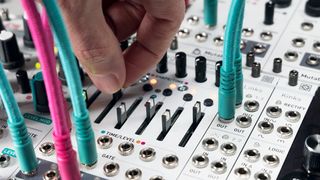
The best new Eurorack modular gear of 2021, as decided by you
Move forward 32 years and we see Eurorack brought to life by Doepfer in 1995 with the release of ten modules and a system that defined the Eurorack standards. Eurorack modules are 3U high (U being the units also used to measure rack-based synths and studio outboard) and their widths are measured in HP (horizontal pitch).
So why choose a Eurorack setup? Simple: ease of entry and the vast range of options it gives you to build an instrument/device to suit your exact needs. The format has been expanded not only by Doepfer, but also a huge range of companies releasing modules ranging from cheap and cheerful to esoteric and unique. Eurorack offers a platform that can pull ideas from not just Moog and Buchla but also Serge and EMS, a range of digital synthesis methods, modern DSP technologies and more.
With the history lesson over, then, here are nine things every Eurorack newbie should know...
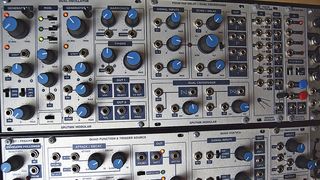
1. Which modules to choose?
Once you have a case, power and a way to control your modules, you’re no doubt going to be in a world of excitement dying to create your own sonic playground. There are copious options for different styles and sounds even within the same type of synthesis.
Say you want to build a Moog replica, there’s more than one set of modules that will get you close. The same applies for a Serge voice replica or Buchla-style system - it’s pretty much endless.
Get the MusicRadar Newsletter
Want all the hottest music and gear news, reviews, deals, features and more, direct to your inbox? Sign up here.
We recommend avoiding a very specific pre-planned route and instead thinking in simpler terms. You’ll need a sound source, a processor and a modifier. That could be an oscillator, filter and envelope. Or it could be a sampler, FX and LFOs.
Thinking in more elemental terms will help you explore options and build a system that's unique to you. Mix up your Moog-style oscillators, Serge wavefolders and modern DSP. That’s the beauty of the platform.
2. Mix up your methods
Look at putting together a Frankenstein system that pulls in ideas from all forms of synthesis: west coast FM and wavefolding, subtractive fat filtering, drums, FX, sequencers and controllers - you can make a truly unique system!
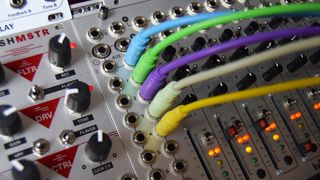
3. Make your own patches
Every patch you make on a modular system is your own. There are no presets or pre-routing that define the sounds you use or the modulation. Patching is done with 3.5mm mono cables and any output can be plugged into any input.
Patch up something familiar to get started. Look at your favourite soft synth/hardware synth and follow the signal path. Chances are it’ll have oscillators going into filters and VCAs, and LFOs and envelopes used to control them all. Try to remake both its both audio and modulation signal paths on your modular. Then try re-routing signals to create something new.
4. Get it right
Check your buss boards and modules before plugging them in. The general rule is the red stripe on the ribbon cable carries the -12 volts and is usually facing downwards on the module and buss board.
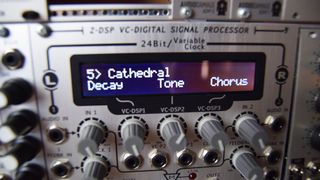
5. Create an FX processing setup
You’ll need audio inputs to bring in external sounds, so pick out an input module then choose some FX. Modulation is often key to creating something engaging and unique. So while filling a case with FX modules might be fun, it will be even better with some modulation.
Be sure to include envelope followers to get input dependent CV data you can patch around your system. Imagine if the harder you play the longer the reverb trail, or more resonant your phase shifter becomes… nice!
LFOs/sequencers will help animate even the more stale FX (think of this as your automation generation), so be sure to leave room for some of those, too.
6. Safety first
Don't patch the output of a module into the output of another module. This is the only ‘rule’ you absolutely need to stick to. You don't want to break your new toys before you've even made any noise with them, after all.

7. Emulate the west coast
Start with a dual complex oscillator - a module with two oscillators that can modulate each other to create a range of FM and AM sounds alongside oscillator sync and sometimes even additional waveshaping. This is where you can generate a huge range of unique and complex tones not heard from many other synths.
You’ll want a low-pass gate (LPG) to control the high-end frequencies and amplitude in your signal. Patch your gates and triggers into the LPG to open the sound and let the vactrol ring in with its natural sounding decay. Some good places to start include Make Noise, Sputnik Modular and Verbos Electronics.
8. Do cross the streams!
Don't be afraid to mix up audio and modulation. Your CV inputs often yield new sonic territory when modulated at audio rates.
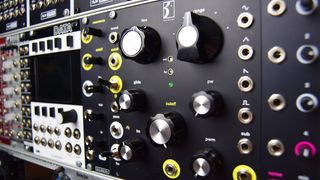
9. Create a Moog-style moster
However experimental you might be trying to be, it’s hard not to love the sound of a deep saw wave blasting through a meaty, saturated low-pass filter.
For us, the Moog sound is all about the filter, so get the right one and you can get very close to sounding like a Moog system regardless of the oscillator(s) hitting the input. The original Moog filter was a low-pass ladder design, so we suggest checking out the AJH Synth MiniMod range for incredible clones of the Moog Model D. To recreate the rest of the D, you’ll need three oscillators, a mixer, a filter, two envelopes and a VCA.


Future Music is the number one magazine for today's producers. Packed with technique and technology we'll help you make great new music. All-access artist interviews, in-depth gear reviews, essential production tutorials and much more. Every marvellous monthly edition features reliable reviews of the latest and greatest hardware and software technology and techniques, unparalleled advice, in-depth interviews, sensational free samples and so much more to improve the experience and outcome of your music-making.




